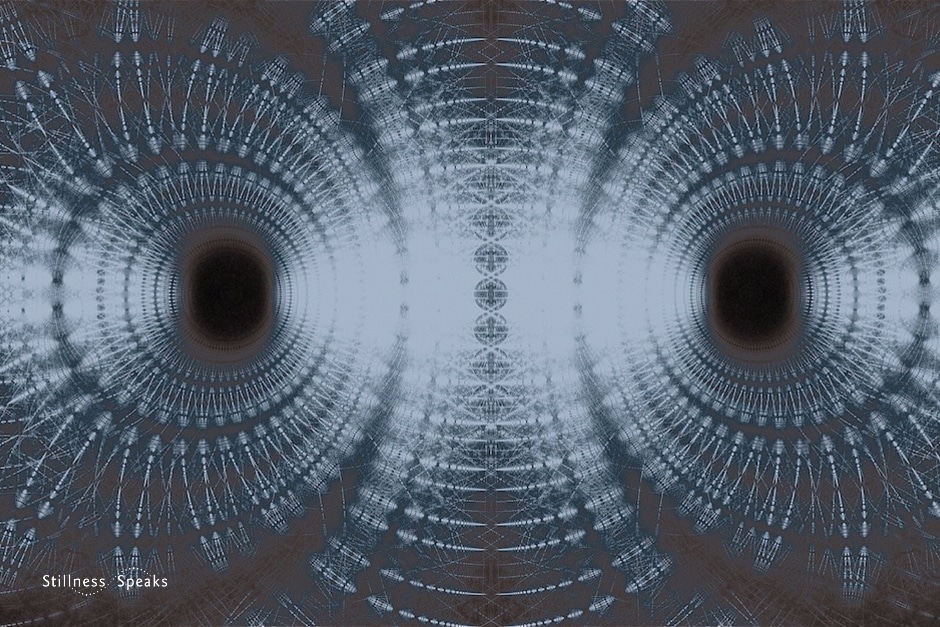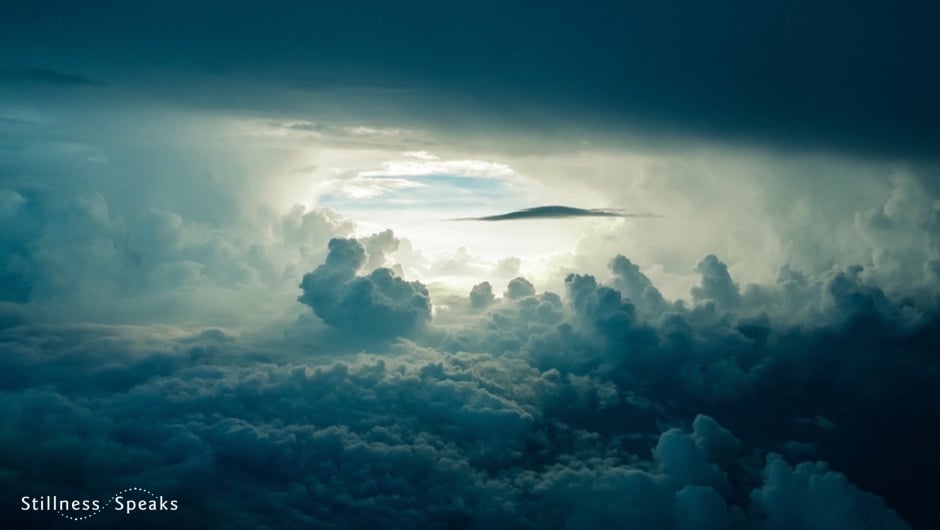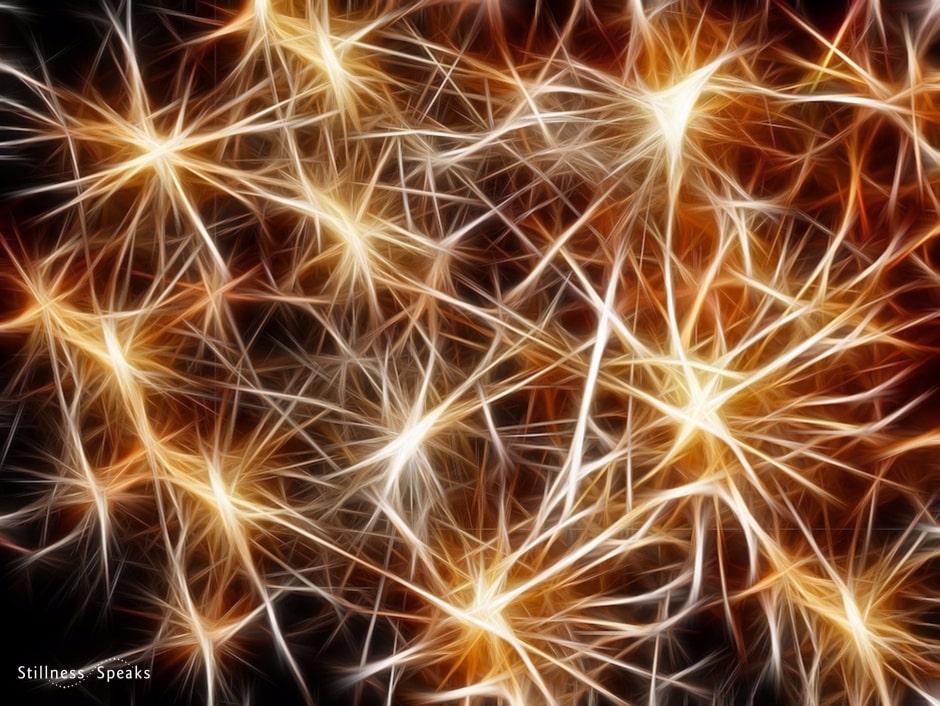“… awareness is said to be the essence of all things …” … “… In the emptiness teachings, there are no essences …” ~ Greg Goode
In Part 2 of this series – Can We Equate Emptiness with Advaita? – Greg delves into the differences between Emptiness and Advaita …
Essence/No Essence
In the awareness teachings, awareness is said to be the essence of all things. In fact, “things” aren’t really things at all; there is awareness only. The sum and substance of everything is awareness. Nondual inquiry often proceeds in a reductive fashion, where one looks at the world, body and mind, and experiences in different ways that there can’t be any separate or distinct reality to any of it. Everything consists of awareness only.
In the emptiness teachings, there are no essences. Things are said to be empty, but they aren’t said to be made out of emptiness. Physical things are composed of various pieces and parts and constituents, all of which are empty. Emptiness is not a substance of any kind. Rather, it is a name for how things exist — in an interdependent fashion.
Self/No Self
In the awareness teachings, awareness=I and I=awareness. Awareness is the Self.
In the emptiness teachings, I am said to be empty, but I am not made of emptiness. When the emptiness teachings say that there is no self, they are negating the idea of a partless, seamless, unified, independently existing essence that is supposed to be the basis of identity through time and space. That kind of self cannot be found anywhere, no matter how closely one looks. But the empty self is said to exist. This is the self that is a convenient, informal designation. It’s a placeholder, a bit of shorthand to refer to a constantly changing psychophysical complex. And underneath this complex there is no fundamental substance or nature.
Some Mahayana Buddhist teachings, such as the Tathagatagarbha and the Dharmakaya doctrines, come very close to affirming a Vedantic-like, Atman-like Self. But the emptiness teachings from Nagarjuna, Chandrakirti and Tsong-kha-pa do not affirm anything like this. The congruent Western emptiness teachings do not posit any essential, Atman-like self either.
Dependencies
In the awareness teachings, it is sometimes said that appearances depend on awareness. But it is never said that awareness depends on appearances. Awareness stands on its own, never depending on anything else. Ultimately there IS nothing else. Any dependence is unilateral only.
In the emptiness teachings, dependencies are bilateral. Not only do things depend on emptiness; emptiness depends on things as well. The fact that emptiness depends on things is why emptiness is empty: it is not free-floating or independent. Emptiness depends on its base of designation (such as the cup), as well as upon cognition and verbal convention. It depends on being labelled as such.
Quantities
In the awareness teachings, there are never said to be many global awarenesses. The nondualist slogan says, “Not two.”
In the emptiness teachings, there are many emptinesses, not one large general emptiness. Each thing has its own emptiness, its own absence of inherent existence. The cup is one thing; the saucer is another things. The emptiness of the cup is one thing; the emptiness of the saucer is another thing.
Time
In the awareness teachings, awareness is totally beyond time. It is never created and never destroyed.
In the emptiness teachings, each thing’s emptiness lasts only as long as the thing itself. So the emptiness of the cup comes and goes with the cup.
Nonduality
In the awareness teachings, nonduality is related to the insight that experience itself, the self and the world are essentially nothing but awareness, and there aren’t two or more awarenesses. Nonduality here has a lot to do with singularity.
In the emptiness teachings, nonduality refers not to singularity but to the lack of dualistic extremes. Emptiness avoids both extremes: essentialism (the claim that things exist inherently) and nihilism(the claim that things are utterly void and without any kind of existence). Whereas awareness teachings say, “One” or “Not two,” the emptiness teachings say, “Not even one,” or “Neither one nor other than one.”
— — —
Greg concludes his analysis in Part 3 of this series … where he discusses realization i.e., the differences between advaita and emptiness in this regard.
And, here’s Part 1 of this series.
We are honored to publish this guest post series authored by Greg Goode and is sourced from one of his websites dedicated to emptiness. Greg is one of the teachers in Stillness Speaks library so please visit his teacher’s page for comprehensive information about his work.
Images: (all edited and logo added) 1) Cathedral Cove by annca, CCO Public Domain, 2) Notre Dame by madbax, CCO Public Domain, 3) Wormhole by PeteLinforth, CCO Public Domain.










Very clear elucidation of the distinctions between the ‘Emptiness’ and ‘Advaita’ teachings. Thank you Greg.
“In the awareness teachings, awareness is said to be the essence of all things. In fact, “things” aren’t really things at all; there is awareness only.”
I once read that, as a Buddhist said, ‘emptiness is neither empty nor full; it is only a way (a word or symbol) to talk about it’ [whatever ‘it’ is]. Can we not say the same thing about essence (as opposed to accident), despite its well established use in Western philosophy or metaphysics? When referring to the absolute we know that all words and concepts ‘slip back’, as Shankara put it, since it is attributeless, partless, and thus nameless and indescribable. In the advaitic tradition, as you know, it (the absolute) is usually called ‘consciousness’ or ‘awareness’ (and it is noumenon).
Consciousness, of course, is not knowable or experienciable in the ordinary sense, only as a direct experience (anubhava). IOW, consciousness ‘knows’ itself, reflects on itself. Apart from the different descriptions or accounts of non-duality, can there be the slightest difference among them concerning that ‘experience’, whether it is called ‘nirvana’, ‘voidness’, brahman, or Dharmakaya? Or is it a question of feeling rather than cognition (or, simply, ineffable conviction)?
Dear Alberto,
Please see my reply-comment … my apologies for the delay in publishing this comment … will ping Greg tonite so he can drop by as soon as he’s able to do so .. and address your questions.
Thanks
Sanjiv
I made a comment here (part 2) over 1 week ago and have seen no reply so far. I understand you and Greg must be quite busy. Thanks, Alberto Martin.
Dear Alberto,
My sincere apologies for the delay in moderating/publishing your comment of 2/3/17 … we are very short staffed so various activities get delayed depending on what’s up …
Greg has not seen it but I will ping him tonite so he can drop by as soon as he’s able to do so.
Thanks for taking the time and for commenting this 2nd time to remind us 🙂
Again our apologies and we’ll do our best to do better in future.
Namaste’
Sanjiv
Hello Alberto,
The short answer to your question is that I’m actually not making a case for either “same” or “different.”
It is certainly possible to think of the highest levels of these two teachings as the same. As you probably know, there is a perennialist tradition in the West that is supported by the lectures of Swami Vivekananda. It takes a singular type of experience as the basis for all religions. Many people believe that Swami Vivekananda’s kind of neo-Vedanta is the most accurate way to articulate what he called the unity of all religions. Not everyone agrees with this approach, but it does have its fans.
Another way to look at the paths is as a casual, everyday observer. In this way, it makes sense to say that the two paths are similar in helping us find peace and open-heartedness. And that compared to this outcome, the doctrinal details are much less important. In fact, I find this approach itself to be heart-warming!
But let’s say that this assessment doesn’t feel detailed enough, and that we’d want to dig deeper.
Then we can look at the doctrinal issues themselves. The emptiness teachings that I discuss in these posts is the Prasangika Madhyamika from Nagarjuna and Tsong-kha-pa. If we examine their texts and teachings for themselves, and not through a lens borrowed from Vedanta, we won’t find any mention of a single, unbroken, unitary self-knowing consciousness serving as the essence of all things and beings. It’s just not in the teachings. It’s simply not a concept in Prasangika Madhyamika. There are other forms of Tibetan Buddhism that speak of consciousness in this way. But Prasangika Madhyamika does not. It doesn’t attempt to affirm the Vedantic Brahman or to refute it. Rather, it goes its own way.
If we can’t prove “same” or “different” from the doctrines, then perhaps we can try to look beyond the teachings altogether. Indeed, one might say,
“Forget the teachings! Let’s get beyond them!
They are only human creations. Let’s look more
deeply at things as they really are. Can there
really be any difference between emptiness and
awareness?”
Indeed, what happens if we set aside all teachings? Since the teachings are deep and thorough, by setting all of them aside, we’ll also be setting aside all conceptual systems and all bases of comparison. But then, without systems or bases of comparison, we won’t be able to say either “same” or “different.” We won’t need to make these assessments. In this nonconceptual space, our hearts can rest together.